|
with Kim Rodgers Mmmm...molecules!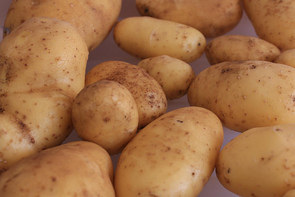 Tasty molecules were on our minds in Chemistry class this week. We have learned about the general flavors of acids (sour) and bases (bitter), so in class we talked about why some foods are salty and others are sweet, and others are neither! Our tongues are remarkable indicators of the kinds of atoms that are found in foods. Salty and sweet foods are sensed by the tongue, but some foods like raw potato don't exactly taste salty or sweet. A potato is mostly made up of sugar molecules, but the tongue can’t tell because the sugar molecules are hooked together in long chains called carbohydrates. Cooking breaks these chains into loose, single sugar molecules and our tongue recognizes them as sweeter. So, a baked or mashed potato is more pleasing to our palette. We put our tongues to work as we formed hypotheses about the flavors of different kinds of foods. We used celery, pretzels, marshmallows, raw and cooked potato, and green and ripe banana. Some foods were obvious, but others, such as green banana and raw potato, were hard to form an educated guess about as we don’t often eat them. After we formed our hypotheses we tried the foods to confirm our thoughts. There was some debate about the flavors and we discussed how our tongues are indicators, but that they aren’t definitive. My thoughts about what constitutes something sweet might be different from what someone else thinks. It was interesting to hear them defend their opinions! Fierce WarriorsThis week in the Middle Ages we learned about Genghis Khan and his grandson, Kublai Khan. The Mongols were nomads from the mountains in Northern China who conquered and killed as they went along, sparking fear into the hearts of all who encountered them. They could go for days without eating, opening the veins of their horses to drink their blood when starvation was near. Then they would close the vein and keep on riding. Yuck! They never invaded China until Genghis Khan became their leader. He conquered neighboring tribes, forcing them to swear their allegiance to him or be killed. Once he conquered enough tribes they invaded China, leveling every building, and even breaking through the Great Wall! Once this was accomplished he set his eyes to the West against the Islamic Empire. He terrorized the western edge for five years and conquered many cities. The people were so afraid that they would surrender without even fighting! When Genghis Khan died his people buried him in China, killing everyone who saw the funeral procession so no one would know where the burial place was. No one has ever found it! At this time the Mongols ruled a huge empire and quickly added part of the Byzantine Empire, ruling from the Yellow Sea to the Mediterranean. The Chinese invented poisonous fogs they blew across the battlefields, but the Mongols defeated them in the end, seating Kublai Khan on the emperor’s throne. He lived in a huge palace surrounded by 10,000 guards, demanding everyone enter without shoes and bow down to him when his officials lead them in. He set his sights on the coast, conquering Korea easily. His only defeat was with Japan, which had nothing to do with the Japanese warriors, but his own warriors lack of experience fighting in the water. Both times Kublai Khan sent his warriors to Japan, huge winds forced them back to China. The Japanese called these storms “kamikaze” or “divine winds,” which their fighter pilots remembered a thousand years later when they descended from the air to fight their enemies. After Kublai Khan died, his relatives divided up his kingdom into smaller kingdoms and they grew weaker and weaker. They eventually lost the throne after their family had ruled for only 100 years. In honor of the scores of wars the Mongols waged over their years in power we began work on bow and arrows of our own. The students finished the bows, but will have to finish the arrows during the next class.
Comments are closed.
|
Categories
All
Archives
May 2016
|

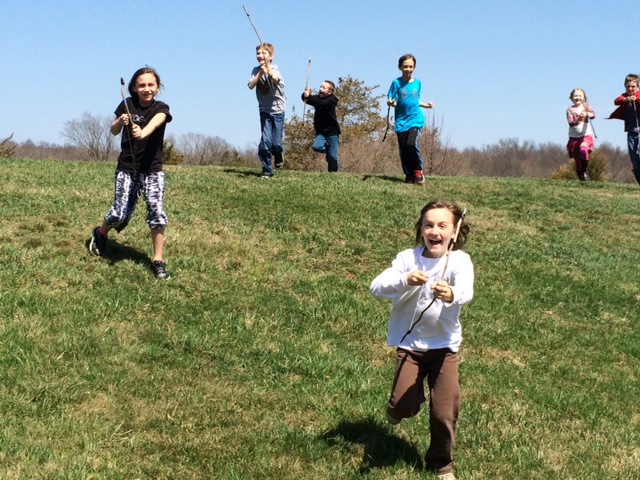
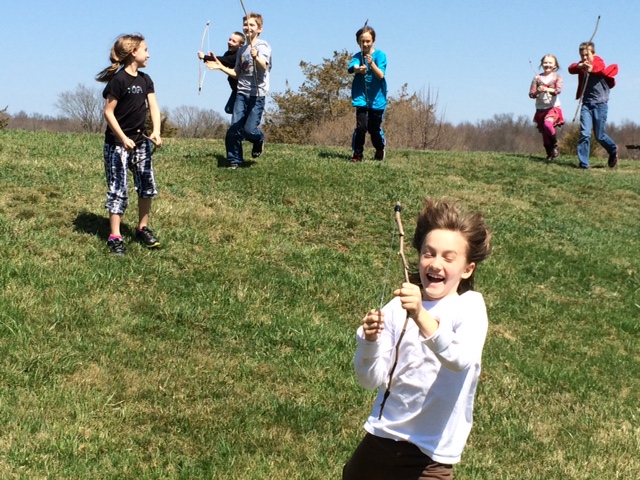
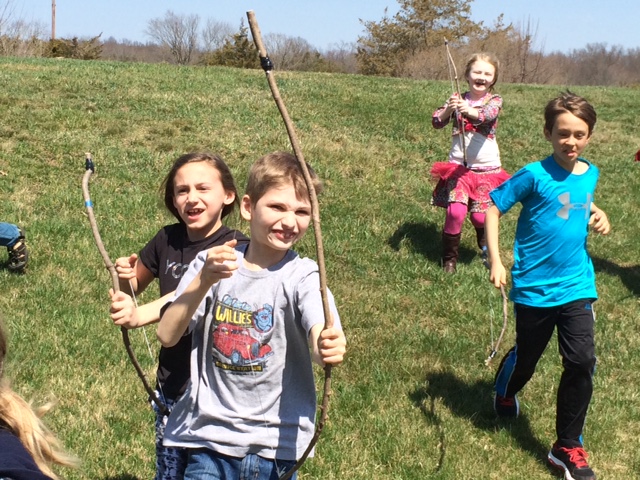
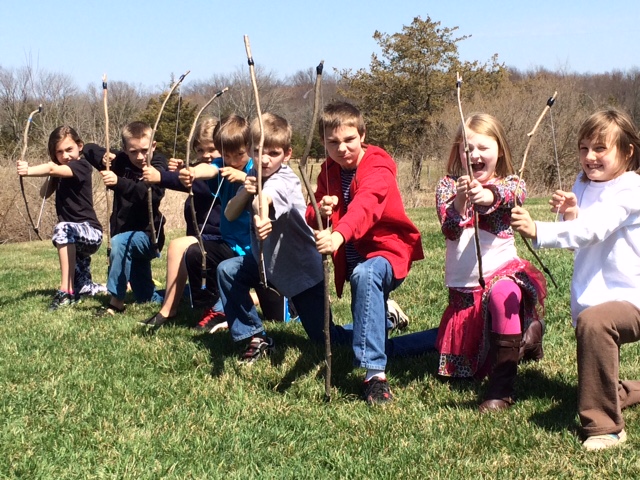
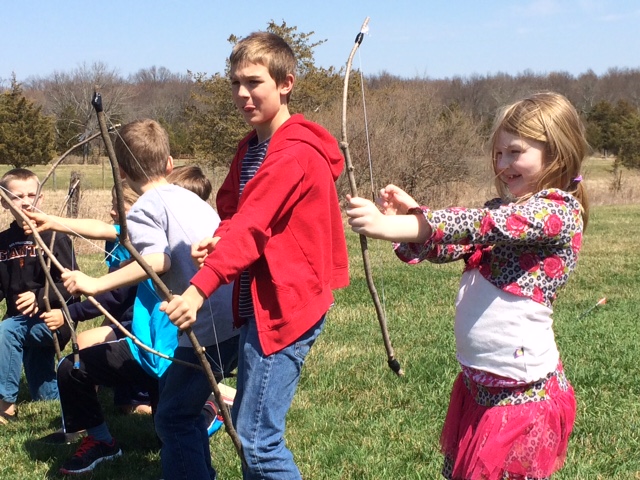
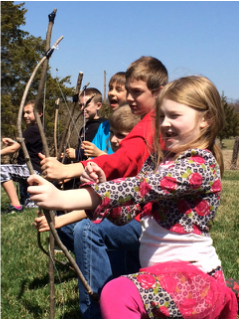
 RSS Feed
RSS Feed